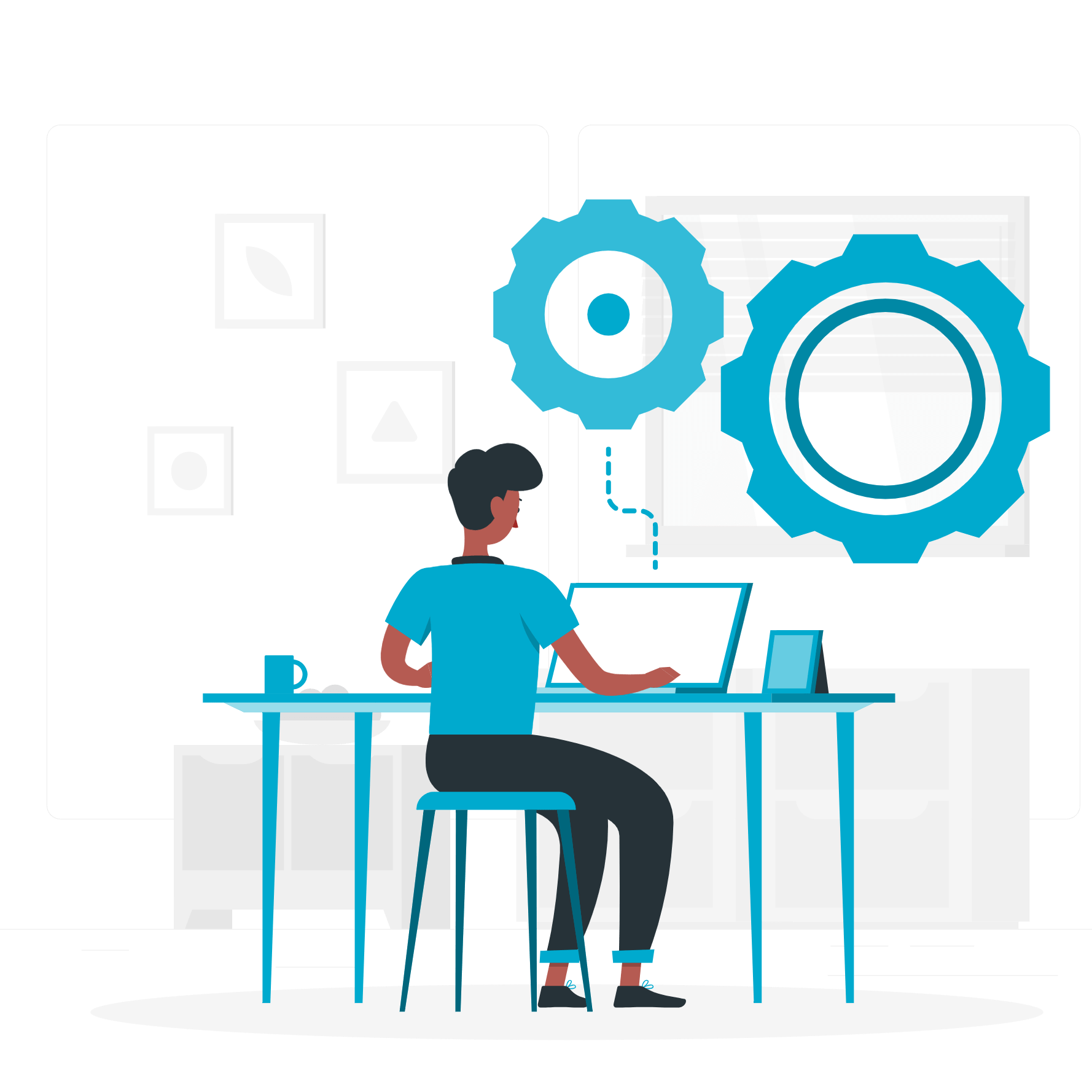Experiential learning: use cases and best practice
A few years ago, the world of learning saw the rise of microlearning. Now, learning managers are discovering micro-action. In this article, we present to you how experiential learning can help develop and retain new skills through micro-actions.

Tackle the loss of acquired skills
If you have followed a learning module today, in one week you should have retained only 20% of the information, knowledge and skills learnt during the course. This indicator is particularly known today in the learning world, and it represents a major challenge in terms of ROI of learning, or at least of ROL (return on learning): content creators invested time designing a learning module, learners invested time following it, so we can expect from learners to develop and apply the skills aimed by the course.
Both knowledge and soft skills can be subject to a loss over time, and this loss will be more likely to happen when the knowledge or skill is not used on a regular basis. For example, if a learner has been trained on public speaking and leads meetings, speaks at conferences or does oral presentations every day, his/her skills should easily be maintained. Besides, some studies highlight it [1]: putting into practice a skill is one of the best methods to ensure its retention. Experiential learning is based on this principle.
From microlearning to micro-action
Let’s get back to an older concept: microlearning. The principle of microlearning is simple: it is a digital and very short learning material, compared to a traditional elearning that can last for hours. It can be a three-minute video, podcast or quiz addressing a specific concept. With microlearning, the learner can focus on THE piece of knowledge he lacks and therefore reduce the time spent on learning. However, this format is adapted when the goal is to acquire knowledge on a theoretical concept. But how can we develop a skill and enhance its application?
This is where micro-action comes in. It consists in learning by doing or, in other words, developing a new skill by applying it. More precisely, a micro-action is a very specific action appealing to a skill which can be put into practice in the learner’s daily work. Digital helps implementing the approach on a large scale in learning contexts where human intervention (trainer, tutor, coach) would be too expensive.
Example of a micro-action:
At the end of the next meeting I conduct, I will clearly communicate the next steps.
Experiential learning and skills reinforcement
Micro-action is even more efficient when implemented as a learning reinforcement method with spaced repetitions. Whereas knowledge can be retained with the repetition of microlearning (in the form of quizzes, for example), skills can be retained with the repetition of micro-actions. The objective is to make the learner apply the skill today, then in a week, then in a month… until the long-term retention of the skill is achieved. We are getting close to the AGES[2] model which comes from neuroscience and aims to contextualize learning, root it in the everyday life, vary formats and space learning sessions to maximize the learning impact.
Furthermore, it is essential to monitor the micro-actions completed by the learner so that it does not become another informal learning in the organization. It is important to analyze whether the learner has applied the skill in the related situation, and if he/she succeeded. To do so, the learner can be asked to assess himself/herself afterwards with the use of feedbacks: “Yes, it was a success!”, “Yes, but I had some difficulties”, “No, I did not get the chance to apply it.” The data from this feedback can be used in two different ways:
- Reporting for managers and supervisors on the skills acquired, retained and applied by learners
- Individualization for learners, who will benefit from more frequent reminders on the least retained skills and vice-versa
The good news is experiential learning can be implemented on a large scale with authoring tools to design micro-actions linked with specific skills, mobile applications equipped with notification systems to support learners in their skills development, and algorithms to compute the data and provide the most optimized and individualized learning experiences.
[1] Source : https://www.educationcorner.com/the-learning-pyramid.html
[2] Attention, Generation, Emotion et Spacing. Source : https://elearningindustry.com/implementing-ages-model-for-effective-training-delivery
Latest news
Our latest articles about the topics: learning, science and Domoscio's news.